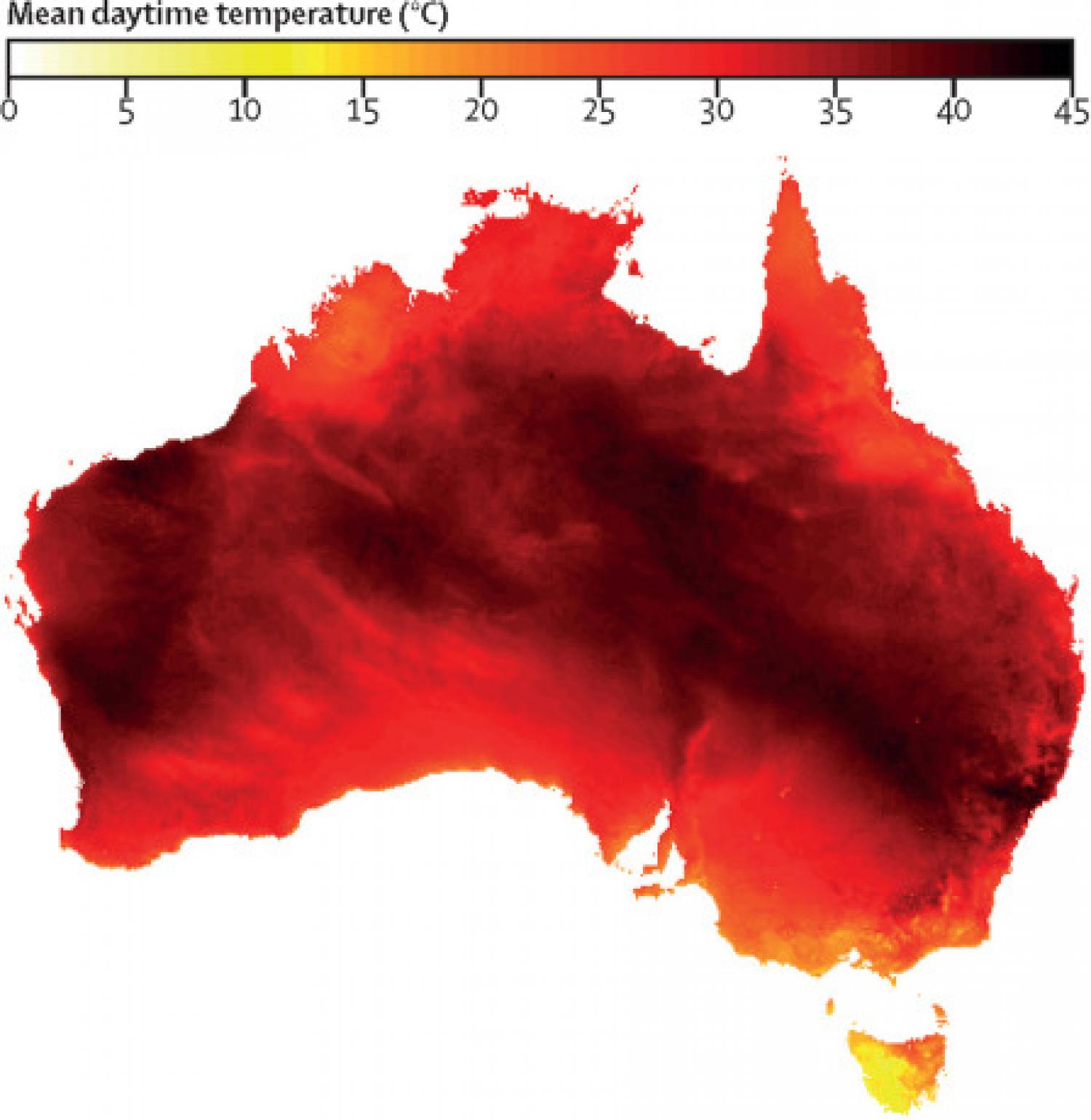
Background: Increasing air conditioner use for cooling indoor spaces has the potential to be a primary driver of global greenhouse gas emissions. Moving indoor air with residential fans can raise the temperature threshold at which air conditioning needs to be turned on to maintain the thermal comfort of building occupants. We investigate whether fans can be used to reduce air conditioner use and associated greenhouse gas emissions. Methods: We developed an integrated framework, featuring a dynamic adaptive thermal comfort model with a geographical information system-based spatially gridded map of Australia, further complemented with census data. We assessed the change in energy use and associated greenhouse gas emissions for five scenarios of air conditioner and fan use: an air conditioner-only scenario (no fans); and four fan-first scenarios with fans operating at speeds of 0·1 m/s, 0·3 m/s, 0·8 m/s, and 1·2 m/s, with air conditioning used only once the upper temperature threshold for thermal discomfort is exceeded. For each day of the selected case study year, we estimated the upper temperature limit for thermal comfort and the number of hours in which air conditioning would be switched on. Findings: The thermal comfort threshold was increased by the use of fans compared with air conditioner use alone. We found that widespread indoor fan use had the potential to reduce energy demand and greenhouse gas emissions attributable to air conditioner use, without compromising thermal comfort. Taking an annual perspective, the use of fans with air speeds of 1·2 m/s compared with air conditioner use alone resulted in a 76% reduction in energy use (from 5592 GWh to 1344 GWh) and associated greenhouse gas emissions (5091 kilotonnes to 1208 kilotonnes). Interpretation: A common strategy to cope with hot weather is the use of air conditioners, which feed a cycle of high electricity consumption, often delivered by fossil fuel power stations that in turn contribute to further increases in emissions. Moving air with electric fans could serve as a sustainable alternative, reducing air conditioner use and associated greenhouse gas emissions without sacrificing thermal comfort. Funding: Australian Research Council, New South Wales Department of Planning, Industry and Environment, and The University of Sydney.
